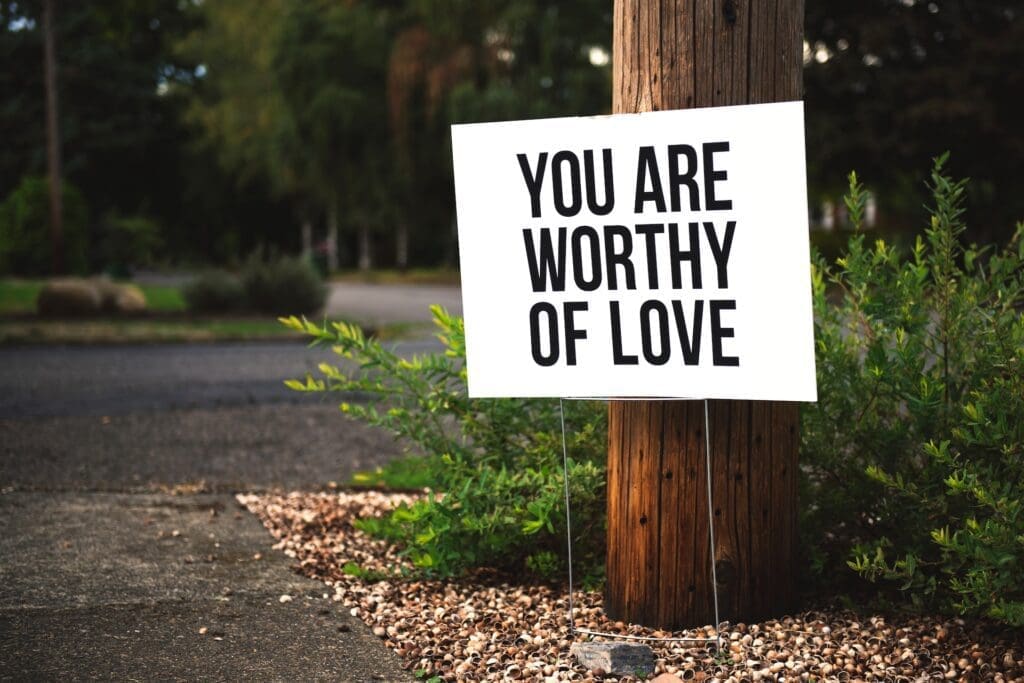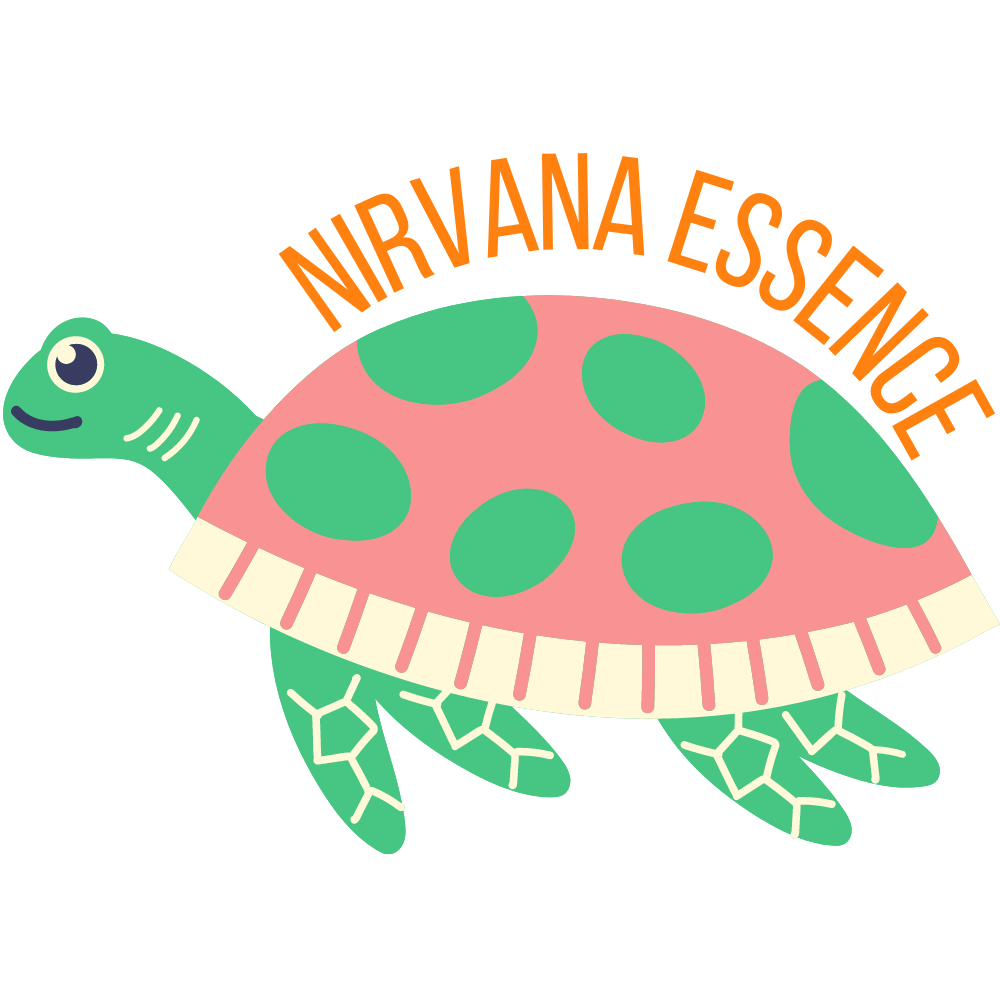Introduction
In our life journey, we often become entangled in a web of attachments. We attach ourselves to people, to memories, to material possessions, and to our perceptions of how life should be. It is in the nature of human beings to get attached to those around us, forming an emotional connection that brings a sense of comfort and familiarity. However, what happens when these attachments begin to hold us back? When they are no longer healthy or beneficial, but rather a source of stress, misery, or heartbreak? It’s at this juncture that the need to break free from these unhealthy attachments becomes crucial to usher in contentment, freedom, and an authentic sense of self.

Understanding the Roots of Attachment
Emotional Attachment
When we talk about attachment, we often think about emotional attachment first. This kind of attachment is a bond that connects us to people, thoughts, and experiences. We form an emotional attachment to a loved one, to a past memory, or to a certain ideal. Sometimes, we get attached to something important so intensely that it’s hard to imagine a life without it. For instance, a secure attachment can offer us a sense of safety and continuity. Yet, when we cling to thingstoo tightly, we may find ourselves getting emotionally attached, which can hinder our growth and overall well-being.
Physical Attachment
Another form of attachment is physical, a type of bond that we form with material things. This attachment is tangible and can be felt through our five senses. We become attached to things that we possess – be it a cherished keepsake or a treasured item. However, these physical attachments can often define us and limit our perspectives. We may think that these material possessions bring us happiness, but they are transient and do not last forever.
The Buddhist Perspective on Attachment
From a spiritual perspective, especially in the context of Buddhism and Zen, the root of suffering is often attributed to attachment. As Buddha wisely stated, “The root of suffering is attachment.” This emphasizes the idea that when we cling to our desires, expectations, and attachments, we inevitably invite suffering. This viewpoint encourages the practice of non-attachment, a state where we appreciate and enjoy life and its many forms, without the incessant need to possess or hold onto them.
Why We Struggle with Letting Go of Attachments
We all struggle with letting go. The idea of releasing something or someone you love can be daunting, even terrifying. Often, we’re attached because we fear change and the uncertainty that comes with it. In some situations, we can’t let go as we perceive attachments as a form of security. But why do we cling to these attachments, even when they cause us pain or prevent us from progressing?
Firstly, we may not realize that our attachment is unhealthy or unbeneficial. We may think that this attachment makes us happy and gives our life meaning. Secondly, we may have trouble letting go because of the fear of the unknown. What will life look like without this person, thing, or idea? Finally, we may just be accustomed to the comfort that our attachment provides, and thus, resist change.

The Art of Letting Go: 5 Steps to Break Free from Attachments
Recognizing and Understanding Your Attachments
The first step in the art of letting go is recognizing and understanding what you’re attached to and discerning the level of attachment. This requires introspection and honesty with oneself. Take some time for journaling, noting down your thoughts and emotions. Journaling can help you become more aware of what you’re attached to and how deeply you’re attached. Moreover, it can help you see the suffering that may arise due to this unhealthy attachment.
Practicing Mindfulness and Living in the Present Moment
Once you’ve identified your attachments, practicing mindfulness can be an effective way to break free from them. Mindfulness involves being fully present in the moment, embracing the reality or actuality of your experiences without judgment. Through mindfulness, you can learn to detach from your attachments, reducing the power they have over you. Mindfulness prevents us from holding onto things that are holding you back and helps us live in the here and now, fully engaged with life as it unfolds.
Learning to Let Go
The act of letting go doesn’t happen overnight. It’s a journey, a process that requires patience, acceptance, and courage. Remember, it’s okay to feel loss; it’s part of the process of letting go. With every piece of attachment you release, you’ll find a sense of freedom, an elation that comes when you’re letting go of something that once held you captive. Letting go of past regrets, resentments, and traumas is essential for breaking free from attachments.
Releasing Emotional Attachments
To break emotional attachments, it is necessary to focus on the present rather than dwell on the past or worry about the future. If you find yourself attached to an idealized version of past experiences or future outcomes, remind yourself that living well means accepting the present as it is. This might involve letting go of people, thoughts, or situations that no longer serve your well-being.
Letting Go of Material Attachments
Our attachment to material possessions can also be a stumbling block to inner peace. Take a moment to appreciate the objects you own and recognize their purpose, but don’t let them define you. Start by getting rid of material things that don’t really matter, one at a time. As you do, you’ll feel less burdened and more free, experiencing a profound sense of freedom.
Moving Forward: Embracing Your True Inner Self
Breaking free from attachments is an opportunity to connect with your true self and create new, healthier connections with others. Non-attachment does not mean avoiding or suppressing emotions. Instead, it means letting experiences, thoughts, and emotions flow through you without letting them control you. This way, you’ll find greater self-worth and contentment. Cultivate gratitude for the present, and learn to appreciate the beauty of transience.
Non-attachment allows us to love freely, to connect deeply, and to experience life fully without the constant fear of loss. It invites us to live authentically and courageously, taking life as it comes and appreciating it for what it is.
Conclusion
Breaking free from attachments is a lifelong journey, not a destination. It is an art that can significantly enhance your life quality. It’s time to take a step towards practicing non-attachment and embracing a freer, more content self. Remember, if you’re struggling greatly with letting go, please seek professional care. You may have a condition that needs addressing, and there’s no shame in seeking help. Visit this link to find a professional who can provide the support and guidance you need during this time.

FAQs
- How do you break away from an attachment?
Breaking away from an attachment requires recognition, mindfulness, and the willingness to let go. By identifying what you’re attached to and understanding your level of attachment, you can take steps towards detachment. Practicing mindfulness, living in the present moment, and consciously deciding to release these attachments is vital. This process involves understanding that attachment can also lead to suffering.
2. How do I stop being emotionally attached?
To stop being emotionally attached, it’s important to recognize that such attachments often arise from a need for security or fear of loss. Once you realize this, you can start to work on becoming less attached by focusing on self-improvement, establishing boundaries, and fostering independence. Consider seeking professional advice if you find it challenging to manage your emotional attachments.
3. How do you break an unhealthy attachment style?
Unhealthy attachment styles can be broken by understanding the definition of attachment and why it’s causing distress. Therapy can be incredibly helpful in understanding and overcoming attachment issues. You may want to avoid situations, people, or things that trigger unhealthy attachments until you feel more secure.
4. How do Buddhists let go of attachment?
Buddhists let go of attachments through mindfulness and meditation. They believe that attachment arises from ignorance of the true nature of things, i.e., impermanence. Therefore, by realizing this truth through meditation, Buddhists can let go of their attachments to people, things, or experiences.
5. How do I stop being so emotionally attached?
Practicing mindfulness and meditation can help stop emotional attachment. Be present in the moment, and avoid obsessing over past or future events. Understand that attachments often bring temporary happiness, but true elation comes from within.
6. How long does emotional attachment last?
The duration of emotional attachment can vary greatly. Some may last a few weeks, while others can span years. It depends on the individual and the nature of the attachment. If you’re trying to overcome an attachment, it’s important to be patient with yourself during this process.
7. How do you let go of attachment in Buddhism?
In Buddhism, letting go of attachment is achieved through mindfulness, understanding the impermanence of all things, and practicing non-attachment. This involves letting go of the desire to control, possess, or cling to people and things. It encourages us to connect with others without losing ourselves.
8. What is the antidote to attachment in Buddhism?
In Buddhism, the antidote to attachment is understanding the concept of impermanence and practicing detachment. This means accepting that everything is temporary and changes over time, which can help us to become less attached.
9. How do Buddhists love without attachment?
Buddhists practice a type of love called “metta” or unconditional love. This type of love does not seek to possess or control; instead, it’s about wanting others to be happy and safe. This unconditional love allows Buddhists to connect deeply with others without becoming overly attached.




















